Early in the history of comics, creators and publishers were still learning how to make comics on the fly. Changes came fast and furious, and creators had to adapt to constant changes in the industry. While making largely forgotten 1950s monster comics (Groot’s first appearance notwithstanding), Stan Lee and Jack Kirby stumbled onto a method of collaboration that would go on to define the publisher’s next decade and beyond. Stan Lee imitated his process with Kirby while working with Steve Ditko. Soon enough, he wrote all his comics in the method that became known as the Marvel Style of Storytelling.
Marvel Style, sometimes referred to as plot script, is hard to define precisely because, as this piece will dig into, the Marvel method has varied dramatically depending on the time period and creative team. A barebones explanation of Marvel Style is that a writer shares a synopsis of a comic with the artist, who is then responsible for expanding that plot into a fully drawn comic book. Upon receiving the finished art, the writer adds captions and dialogue to complete the process. To put it even more succinctly, the writer delivers the plot, the artist handles the story, and the writer adds the words
By the 2000s, Marvel Style fell out of fashion, but its legacy continues to reverberate in comics today. The format is such an important part of the Marvel’s legacy that creators are still paid for writing a comic in two parts, half for the issue’s plot and half for its dialogue.
In recent years, Marvel Style has made a resurgence in some of the industry’s most acclaimed comics. Creators built on the Marvel Style that originated 60 years prior, fine-tuning their methods for today’s audiences and sensibilities.
The writing format’s historical relevance and continued use merit an exploration into its history and 60-year evolution. Read on for The Beat’s comprehensive examination into the Marvel Style of making comics.
The early days of Marvel Style
Though Jack Kirby and Steve Ditko both played important roles role in its origin, Marvel Style quickly became synonymous with Stan Lee. Between 1957 and 1968 Marvel’s comic book distributor Independent News limited the publisher to 8 monthly titles. The Marvel Method allowed Stan Lee to write all eight them for several years in the 1960’s while also carrying out his duties as editor-in-chief.
Marvel Style suited Lee, given his high-concept ideas and penchant for dialogue. Sometimes he wrote a plot for the artist. Other times they’d have a story conference during which the artist took notes.
Over time, Lee’s contributions to the comic declined. His summary for the first issue of Fantastic Four is four pages long.
By 1964, he was writing plots that only spanned about half a page each.
If you compare the plots above to the comics they led to, you can see that the artist is responsible for a lot of the story that comes from a comic written in the original Marvel Method.
Stan Lee’s form of collaboration is a major reason his role in their creation of the heroes is so fiercely disputed. Since most of his plots are lost to history, it’s impossible to know definitively what ideas came from Stan and what was the product of Jack Kirby, Steve Ditko, and Lee’s other collaborators. Even if we had those synopses, there’s no way to know if he communicated more to the artist than was ever written down. While I don’t agree with its findings, the piece Stan Lee and Jack Kirby: who did what? excellently chronicles the controversy and what each creator added to their shared works.
Stan Lee actually wrote several comics explaining how Marvel comics are made, usually as backup material in specials. Since they’re humor comics, everything can’t be taken at its word, especially since Lee had the final say on their contents. But the process the comics describe makes sense. Brian Cronin, a comic book historian who excellently documents the early days of Marvel, wrote a great article collecting every time Stan Lee addressed his collaborations in the form of a comic. This backup story from the first Amazing Spider-Man annual illustrated by Steve Ditko explains probably describes how Marvel made comics the best.
In his piece, Brian Cronin covers how Lee shifted more responsibly on to the artists by the end of his tenure as Marvel’s sole write, as mentioned earlier in this piece. He did so partly to offload some of his workload, and partly because his relationships with Jack Kirby and Steve Ditko got so ugly he had to deliver them notes through an intermediary. In the last issues he wrote for Kirby and Ditko, he mostly just adding dialogue and captions to otherwise-completed issues of Fantastic Four and Spider-Man. Eventually, Stan Lee decided to bring in another writer, an editor of one of the first comics fanzines by the name of Roy Thomas.
Marvel Style after Stan Lee
Roy Thomas is the first writer Stan Lee hired after laying off employees to write Marvel’s entire line. Like Lee, he also wrote a backup story about his process. Illustrated by John Buscema, it pokes fun at how much more descriptive his synopses were than Lee’s.
Even though he’s only the second writer to utilize the Marvel Method, Thomas is also responsible for the first of its many variations. By describing the plot in more detail he paved the way for the use of Marvel Style to be defined by individual creators.
Marvel Style became the standard at Marvel for decades. Chris Claremont, writer of X-Men from its return in 1975 through the 1980s, still uses it exclusively. Alan Davis describes the writing styles of his collaborators in a very informative post on his website, and it includes pages from Excalibur #1 written by Claremont. It’s more of a Marvel Style script than a Marvel Style plot.
His script is extremely detailed, with page-by-page breakdowns and dialogue. However, Claremont graciously leaves most of the visual storytelling choices to his collaborator.
Davis is very complimentary of Claremont’s writing and how much freedom it offers him as a creator. Davis explains,
Every piece of information about the characters, their motivation and the action itself is included but the looseness of the structure allows an artist to fully understand the story without being limited to a particular pacing or visualisation.
As a writer-artist, Davis was excited to take more command over the storytelling. Not all artists feel as comfortable bearing that extra responsibility, many prefer to receive full scripts. No one method works for everyone, so it’s important that comic book creators have multiple options to choose from. Unfortunately, that seems to no longer be the case at multiple publishers.
The Marvel Method was much less common at DC, because of the publisher’s payment structure. Strangely, DC paid a writer ⅓ of for plot and ⅔ for dialogue. Based on the amount of work, it should really be the other way around. Writers would avoid Marvel Style in case something changed which caused another writer to handle the issue’s dialogue and earn ⅔ of the full rate for writing a comic.
Even while DC creators stuck with full-script, writers at Marvel predominantly used the Marvel Method for years and years. But the arrival of a certain comic and comic book writer radically transformed the industry and how it makes comics.
How it went away
Full-script became fairly common by the end of the 1990s, but the Marvel Method was still used regularly. But by the start of the new millennium, two writers had captured a zeitgeist that led to seismic shifts for the industry.
Warren Ellis began writing Stormwatch in 1996 and had a memorable run on the WildStorm series, but its follow-up received far more attention. The Authority, the series which spun out from Stormwatch, was the comic that changed everything. Ellis and superstar artist Bryan Hitch created “widescreen” comics that make The Authority feel like an action movie.
This cinematic form of storytelling was immediately enticing to writers. The Authority hit at a time when comics were interested in becoming more like movies and less like, well, comics. The series encouraged an entirely different style of storytelling, perhaps at the expense of classic ways to make comics, such as the Marvel Method.
Warren Ellis even wrote about his distaste for Marvel Style in his column Come in Alone, describing several bad experiences when he used the format. The Marvel Method is certainly a riskier way to make a comic than writing full-script. It can lead to something really special when the creative team gels, and a mess of a comic when it doesn’t. Ellis may prefer to know what to expect out of something he puts his name on. Most modern comic book writers feel the same way.
Kieron Gillen said that Ellis’ column actually discouraged him from trying the Marvel Method, and that’s likely true for a lot of other writers. Right when they were excited by the idea of writing comics like movies, the man who inspired them essentially declared full script to be the definitive way to do so.
Meanwhile, there’s Brian Bendis, whose entire body of work is a showcase for writing full scripts. Heavily influenced by playwright David Mamet and screenwriters like Aaron Sorkin, Bendis thinks of stories similarly to how he pictures a movie or a play.
Bendis came to prominence with Ultimate Spider-Man in October 2000, which was an immediate hit. He followed it up with equally beloved titles like Daredevil and Alias. Soon he was Marvel’s biggest writer and an architect of most of the publisher’s big events.
Bendis’ snappy dialogue is reminiscent of a conversation in an episode of The West Wing. It’s captivating to read, and nothing like comics had ever seen. Matt Fraction, one of the few writers using Marvel Style today, thinks that Bendis cast a large shadow with his dialogue, which led to a lot of poor imitations.
A lot of great comics came out throughout the 2000s, but for years comics seemed afraid to embrace what makes the medium unique. One consequence of that was the dominance of full script and the abandonment of the Marvel Method.
How it came back
In recent years, Marvel Style made a resurgence through critical darling Hawkeye, written by Matt Fraction and illustrated by David Aja, among others. Fraction first used Marvel Style for Defenders, but his Hawkeye run particularly shows the power of the Marvel Method.
Fraction said that Marvel Style made sense for Hawkeye because he learned from working with Aja on Iron Fist to “shut up and get out of David’s way.” He shared a page he wrote for Hawkeye.
In the same blog post, he explains his process writing Hawkeye,
All of that is predicated on knowing what happens in a given issue, and what the issue is about, which are two different things, obvious as that may sound. and that starts with a lot of thinking and thinking and thinking. and that thinking becomes a vague list. there’s more thinking and the list gets added to and rearranged and taken apart and rebuilt and slowly starts to resemble an outline. Those look like lists numbered 1-20, with varying degrees specific data written after each, indicating the rough beat that must be served on the page and ideas of how to do it. Once I get to a place where that all seems to make linear sense I turn it into the above.
Fraction goes into more detail in his chapter of Words for Pictures, a book on making comics written by Brian Bendis, which is required reading for any aspiring creator.
Matt Fraction tweaked the Marvel Method to something that specifically suited David Aja, a collaborator Fraction wanted to be able to run wild. Though he breaks down the action, Fraction very deliberately didn’t specify a panel count in his scripts. Each action could be its own panel, but Fraction knew Aja would have other ideas and didn’t want to limit him.
The finished product shows how much freedom Aja was given to play with movement and control the pacing. As Hassan Otsmane-Elhao explains in a video for Strip Panel Naked, comics are, by their nature, static. It’s incredibly impressive when an artist can make a comic feel imbued with motion. I encourage you to watch all of his videos that cover Hawkeye. Others highlight the book’s panel density and how it misleads the reader. He explains what makes Hawkeye so special better than I ever could.
Though Hawkeye made the biggest splash, other comic book creators also write in Marvel Style. Mark Waid has been doing so for most of his time with the publisher. Kieron Gillen hosted a brilliant podcast called Decompressed discussing the process of making comics. He invited Fraction and Waid on the show to discuss their use of Marvel Style. They dived deeply into the subject in an extremely informative and engaging discussion that helped inform this article. I heartily recommend you give it a list.
Pushback Against Marvel Style
Despite its link to Marvel Method, Marvel reportedly discourages its use in modern comics. Since its absence, large comic book publishers have realized that full script gives them more control over the finished product. Plus, making a comic using a modern version of Marvel Style actually tends to take longer than publishing a fully scripted comic. Here’s the alleged source’s full statement:
The Marvel method can actually be more time-consuming if you are not used to it. And given DC’s penchant for editorial input, makes changes harder as they will be caught later in the pencils.
It means there must be a level of trust between writer, artist, and editor. Everyone needs to be on the same page going in. Lots of discussion beforehand. And once you commit to a plot, the editor knows that the artist will, of course, add their own interpretation to things. The editor has to be a little more free-wheeling, knowing there will be less time for corrections.
This was used in the 70s to push through stories they knew would be controversial. Turn it in at the last minute and no one has time to make corrections. They’ll have to publish as it is or miss shipping. You can look at it as a way to make books come out faster, the writer does less work upfront, the artist gets the script earlier. Sure, it sounds reasonable but that does not account for every step after the penciler
If a page they don’t like comes in, the editor has to go back to the penciler for corrections, which loses you a day, or go to the inker or colorist for changes, which costs more money – and also might piss off the artist.
Then lastly, there’s the script stage – so the writer can only script once the last page is in. Usually, they do not want to script the whole story until they see it all complete. They do not want to script it page by page. Which means you have to trust your writer to turn the script around in a few days. And it then becomes a huge burden on the letterer. If a letterer has a full script, they can start production very early, the same time the artist does, get the text formatted, balloons sized, and they start dropping in as pages come in. With the “Marvel method” they need to wait until the last minute.
So this is why only one Marvel writer still uses the method….
If the statement is accurate, only one Marvel writer uses Marvel Style as of 2017. That could be either Mark Waid or Dan Slott, who basically said he uses the Marvel Method in a piece he wrote for GamesRadar. Slott explains that he writes in a “kind of nebulous method.” In his words:
I pretty much write what I want in every panel of every page with an indication of the dialogue and then I wait to see what gifts the artists give me when they draw these beautiful pages. And once I’ve seen the art, I might go, Okay, I’ll add this line of dialogue here, I’ll put in this sound effect there, or will put in some narrative captions.
Matt Fraction, Mark Waid, and Dan Slott are important enough to Marvel that the publisher will make exceptions for them. Those top tier creators will always hold more power, it’s up to them how to use it. Reviving a long-dormant style of comic book writing is a pretty great way to wield that power.
It’s a shame the Big Two now stifles a form of writing that gives the artist more agency, but the reasoning makes sense. Both are owned by massive corporations and can’t risk that books don’t come out.
Something else that went unmentioned in the statement is that Marvel has a history of exploiting artists due to Marvel Style, as noted by Joe Orlando. In the 1960s and 1970s, an artist would turn in the comic they created based on the writer’s synopsis, and the editor would often reject up to 10 pages of art because they don’t agree with the artist’s choices. The artist wouldn’t be paid for the pages they had to redraw.
That would be unacceptable behavior for a company today, so Marvel would have to pay for the artist’s work. But creator costs are a significant expense for comics, so regularly paying for more pages than they use probably isn’t feasible.
The future of Marvel Style
Marvel Style still finds its way into creator-owned comics. Fraction uses Marvel Style for some of his creator-owned work and Kieron Gillen described writing certain scenes for Phonogram: The Immaterial Girl in Marvel Style. He wanted those scenes to feel distinct from the rest of the comic, even on a subconscious level.
Fraction and Gillen are the only examples I could find who use Marvel Style on creator-owned works, which is why this section is so short. If you know other creators who do please let me know, either in the comments of this article or on Twitter @matt_okeefe. I’d love to expand this portion of the article, but I need some help!
Why it’s worth the effort
A lot of writers are hesitant to try Marvel Style writing. It’s scary for them to give up control, but Hawkeye perfectly illustrates the potential of the kinds of comics that can be made through the Marvel Method.
Just as importantly, trying something new can help comic book writers grow as storytellers. In Words for Pictures, Matt Fraction says he started experimenting with Marvel Method because it scared him and he was “tired of his bullshit” after writing the Marvel event comic Fear Itself.
Fraction even takes the lessons he learned from writing Marvel Style to comics he writes full-script. Working in Marvel Style taught him to stop calling shots in full-script. Now he describes the emotion of a scene and trusts his collaborator to make the right choice rather than directing the artist to do it his way.
Even if creators can’t utilize the Marvel Method at the publisher it’s named after, it’s something we should hope to see more of. Between the web and the Direct Market, more comics are competing for readers’ attention than ever before. A change of pace can help creators make comics that aren’t like everything else on the stands. More significantly, the medium itself becomes stronger when creators are willing to divert from the status quo.



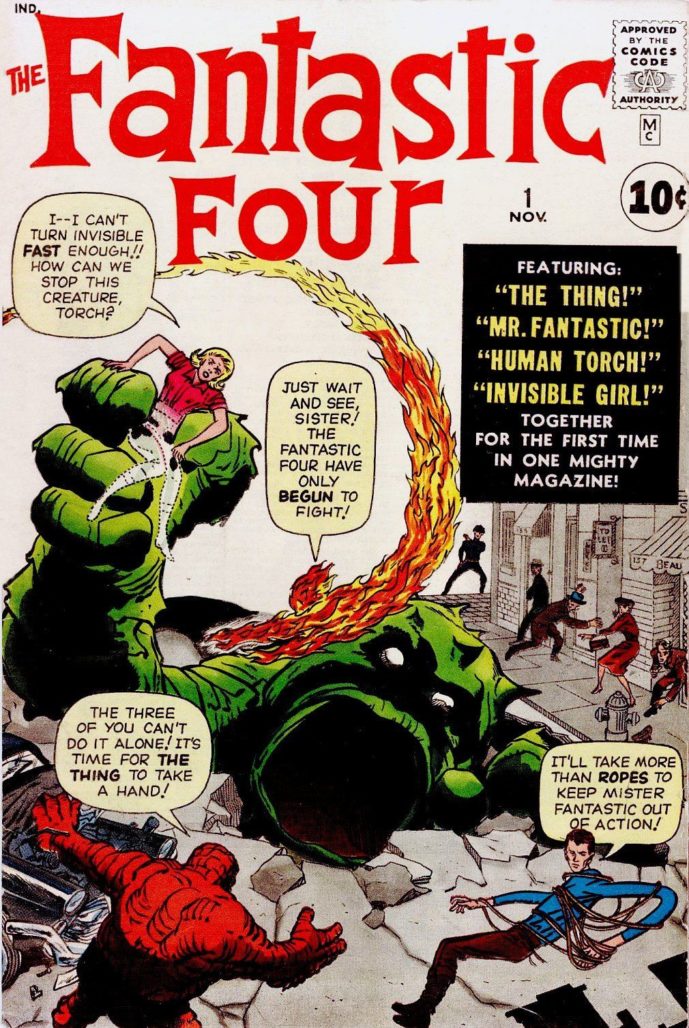
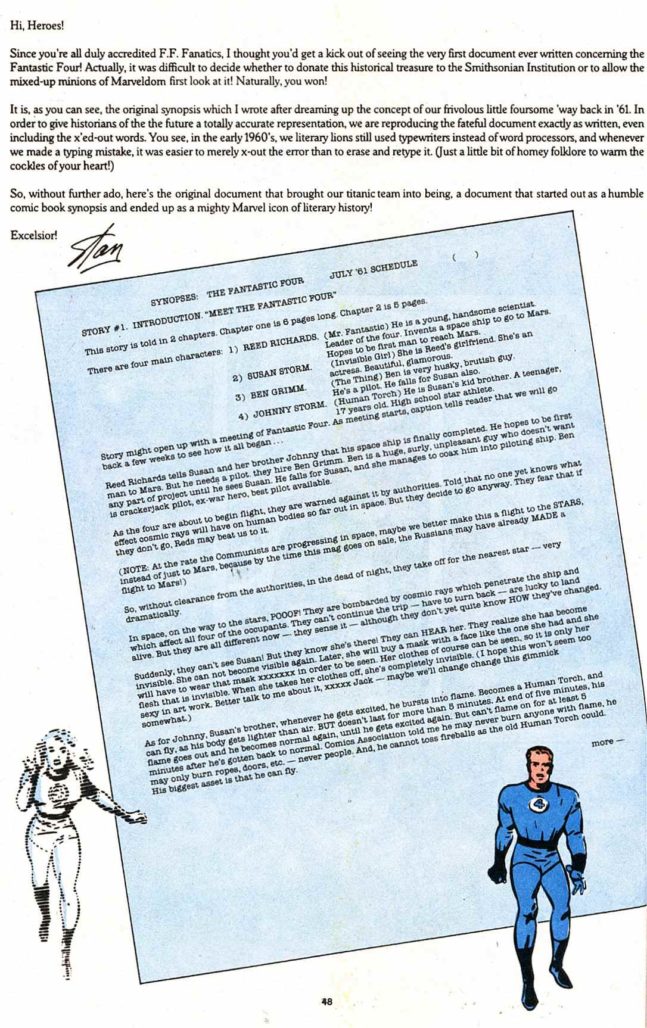
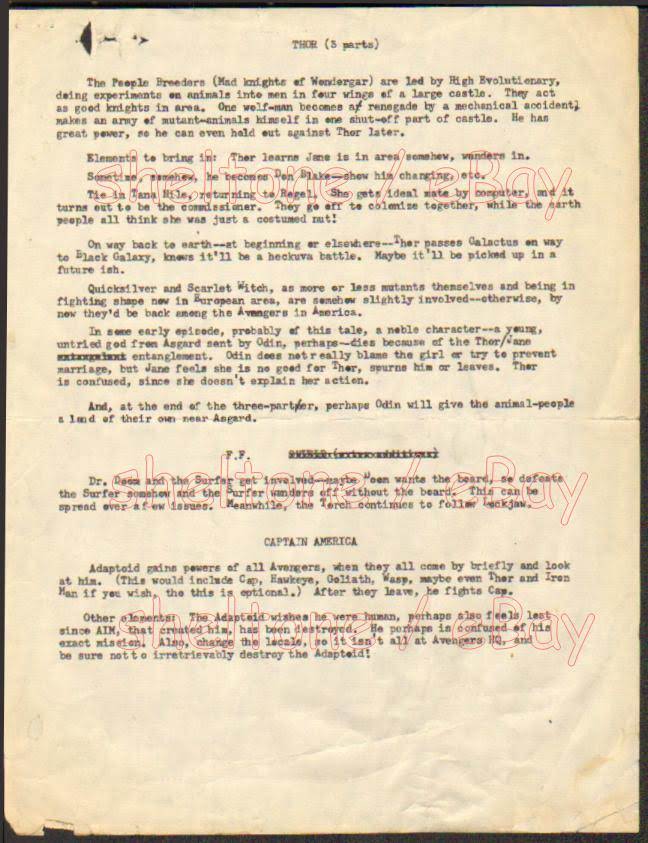
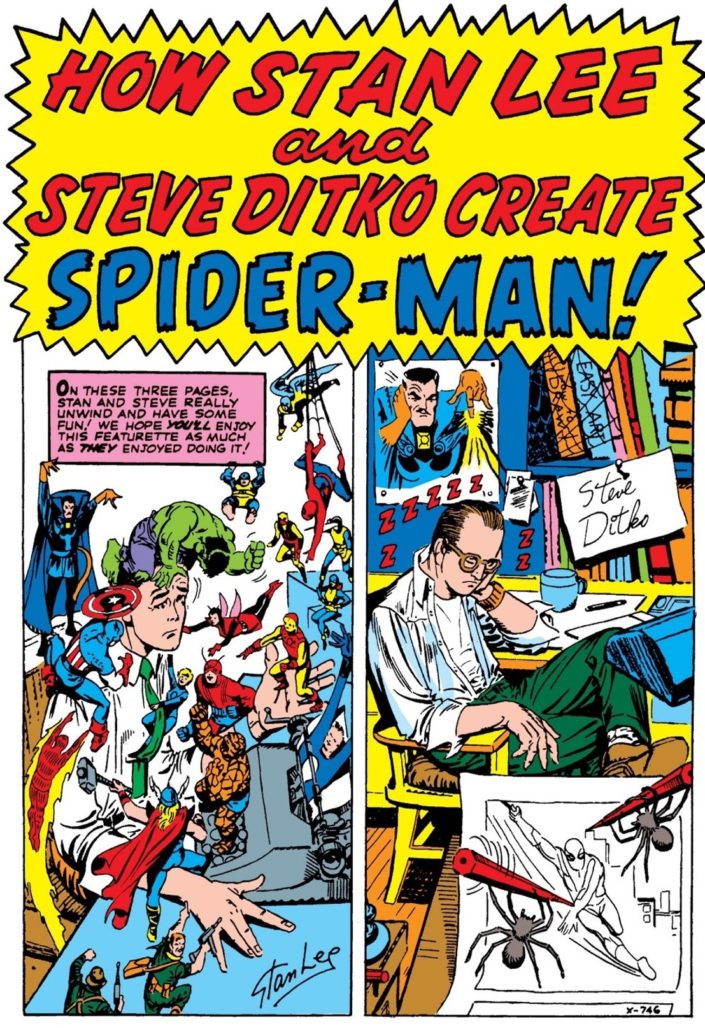

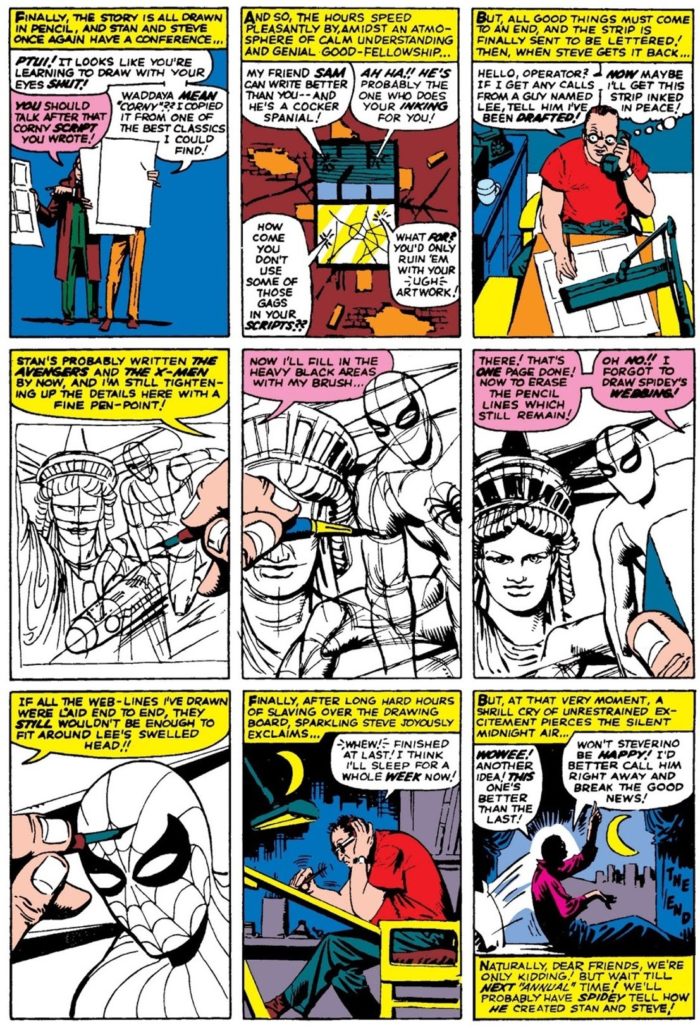
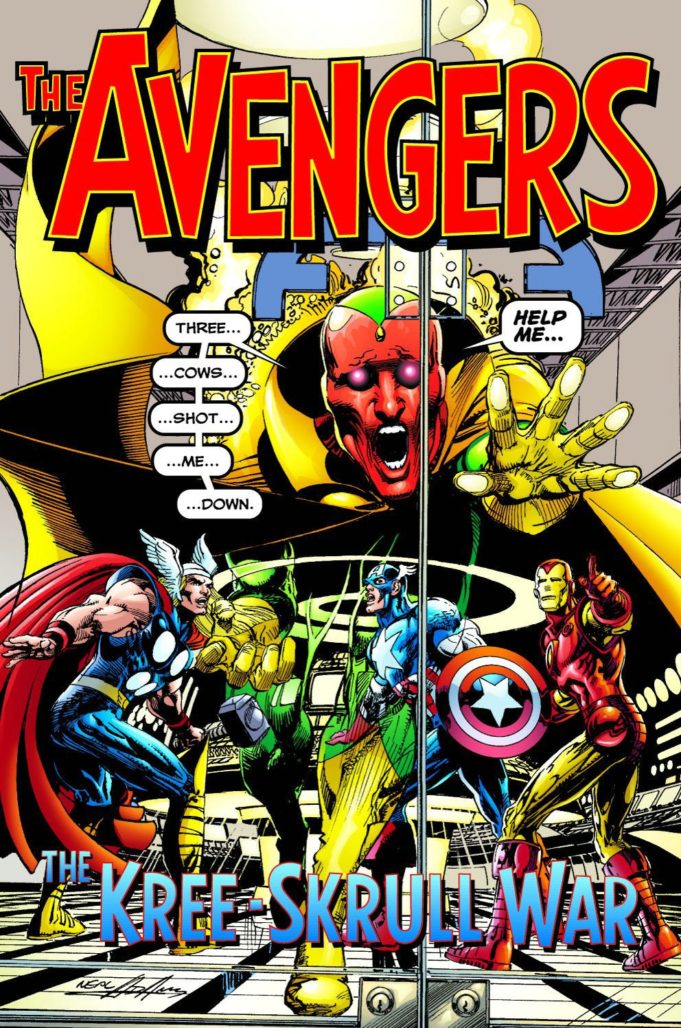
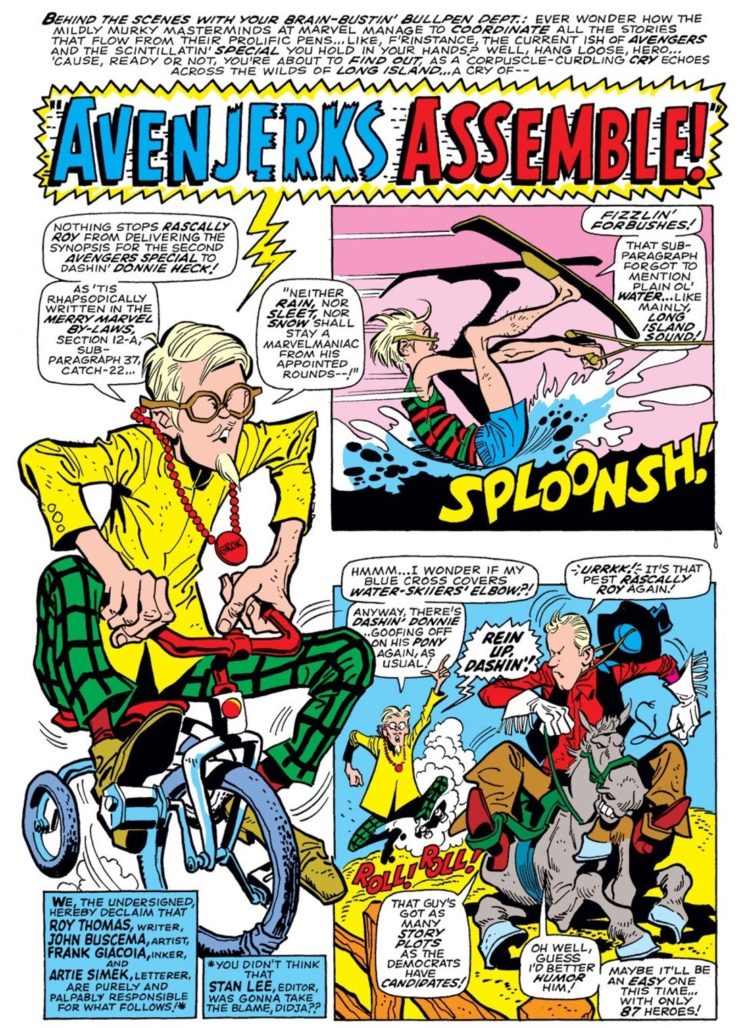
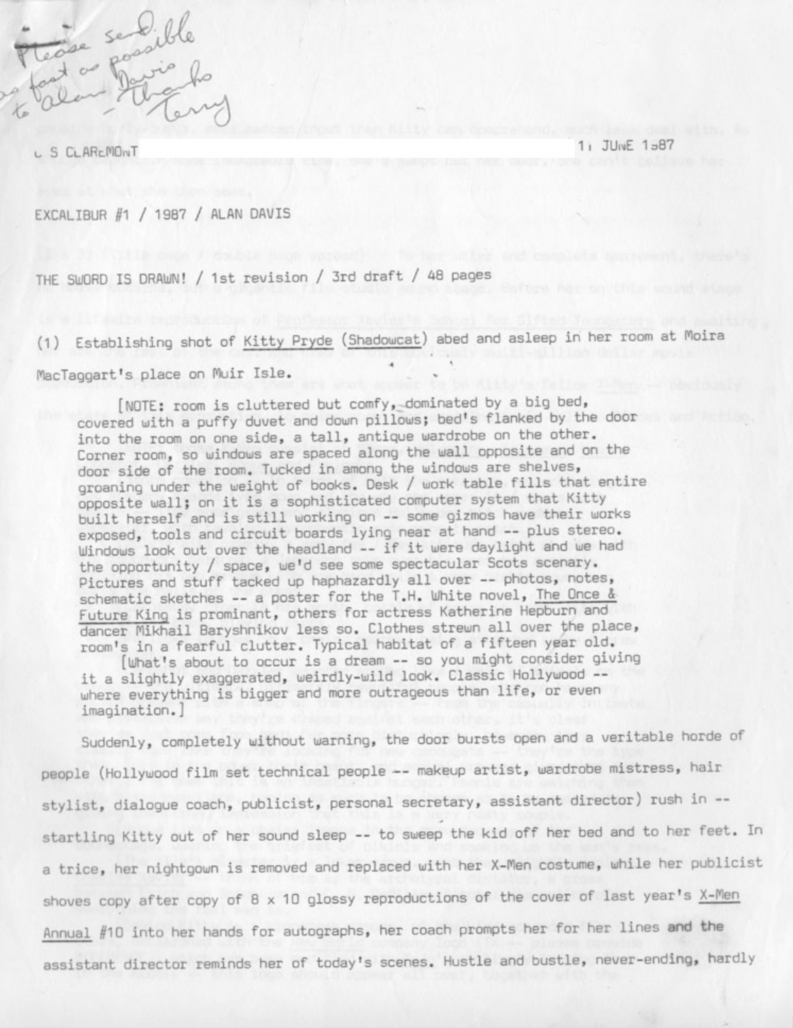
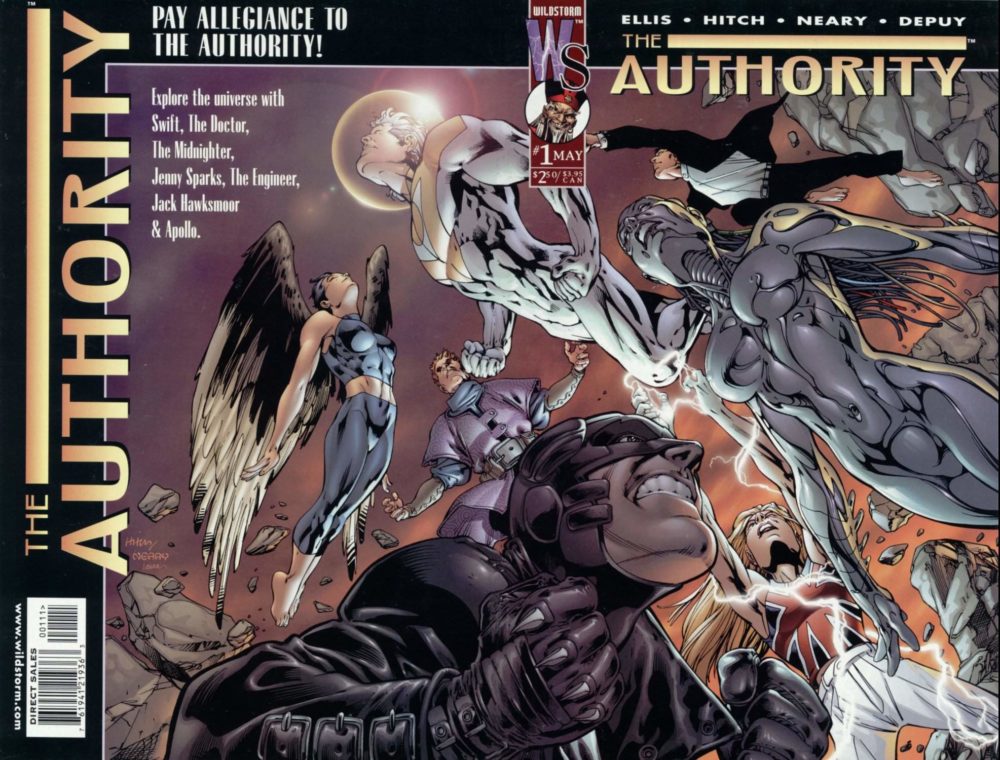
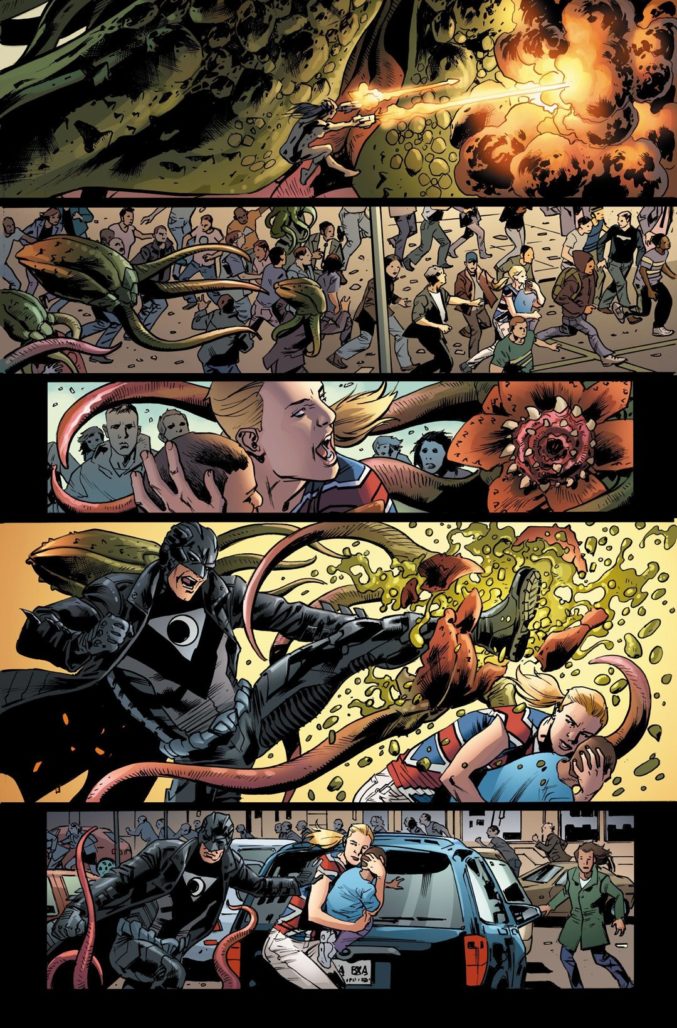

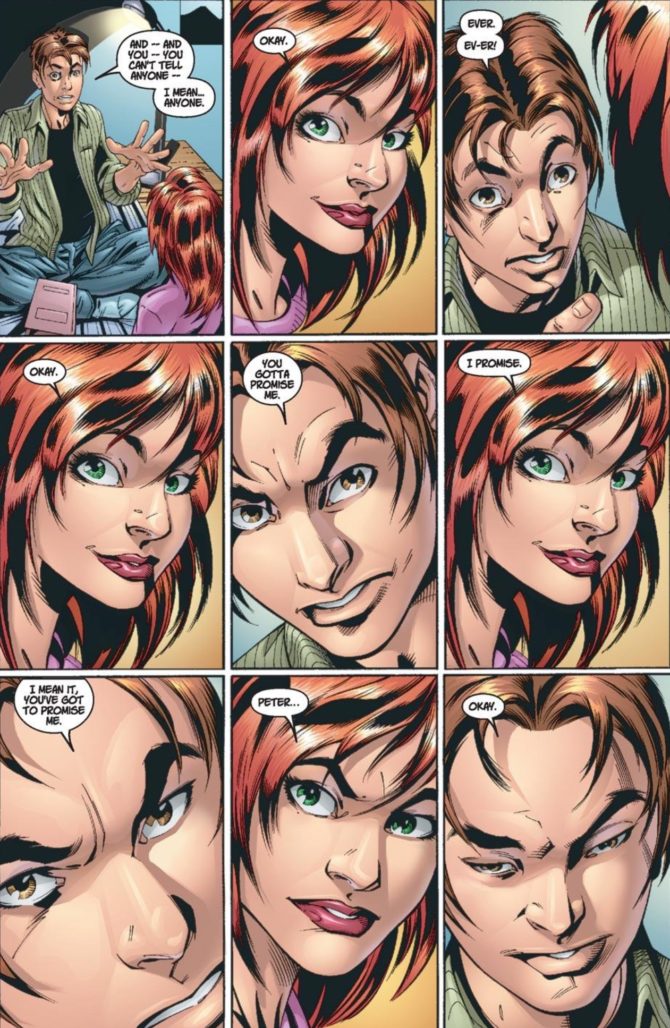
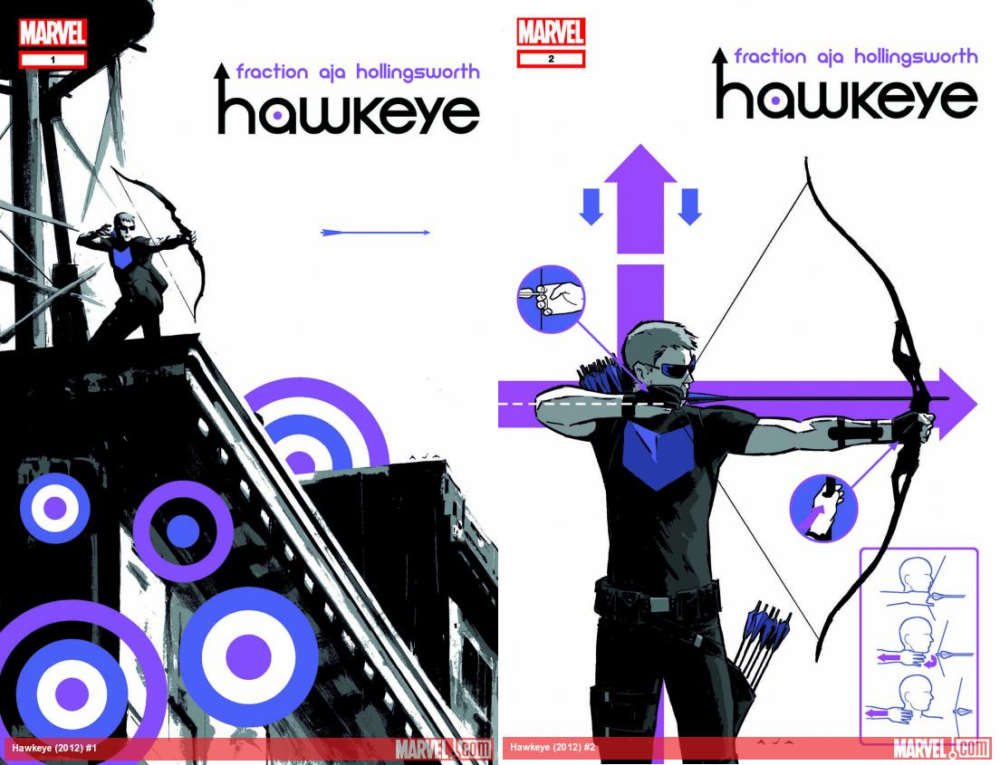
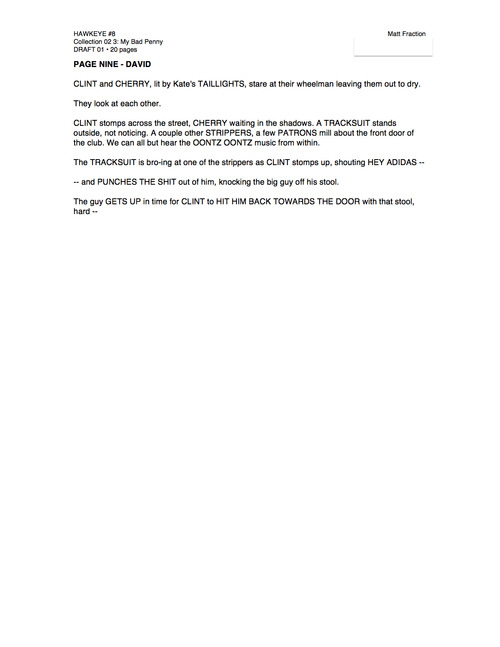
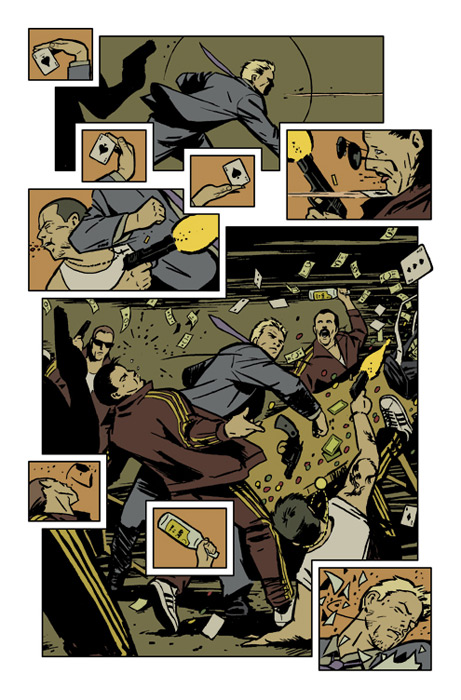
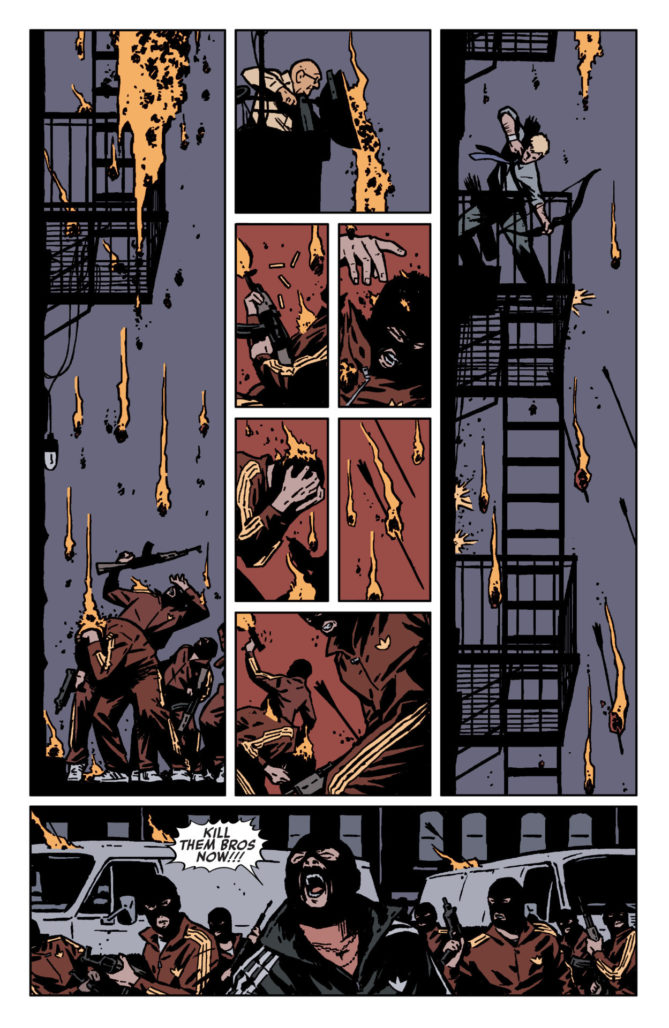
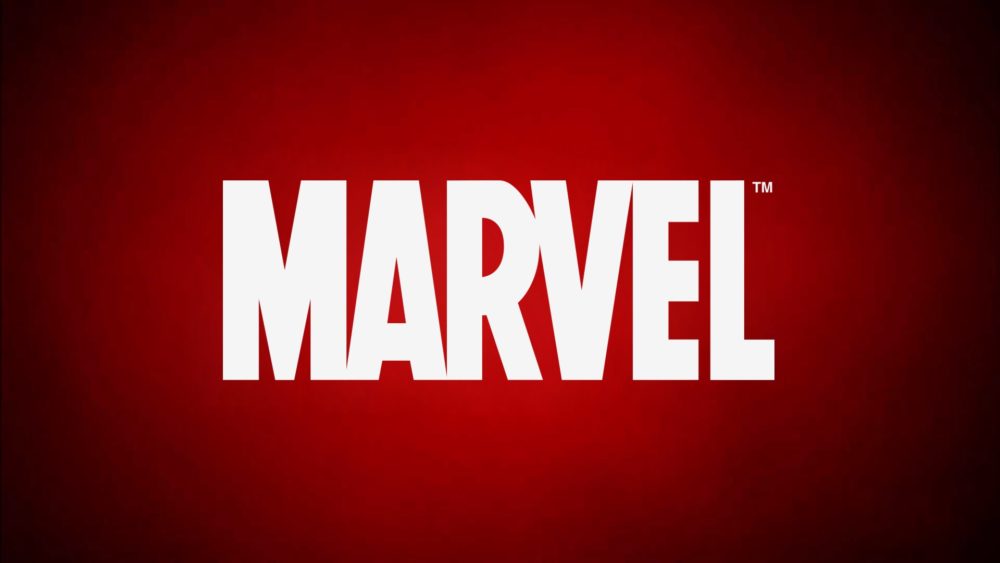
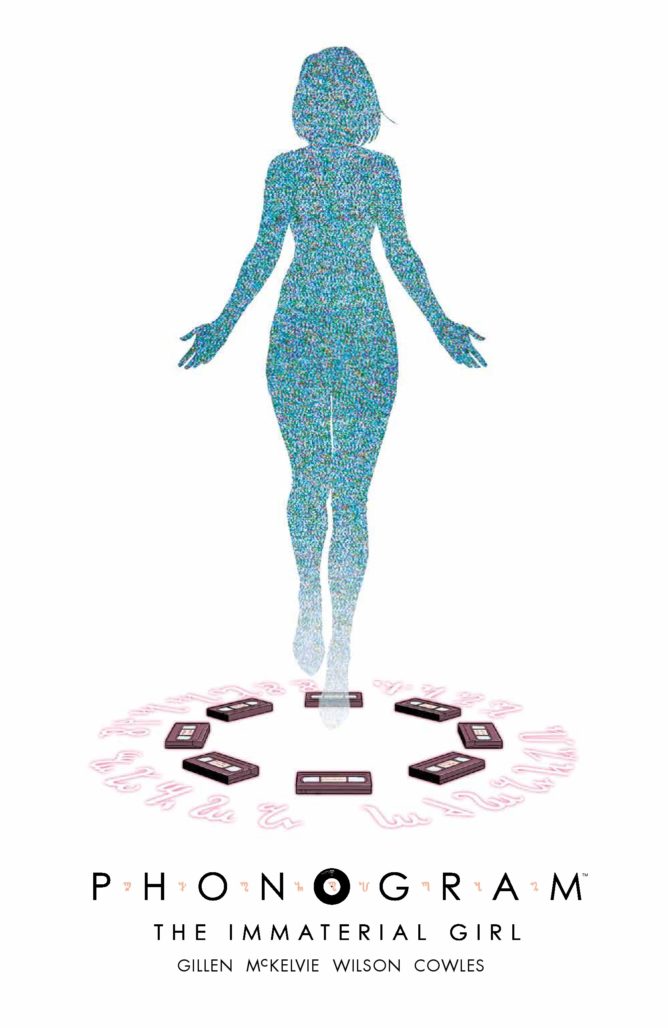
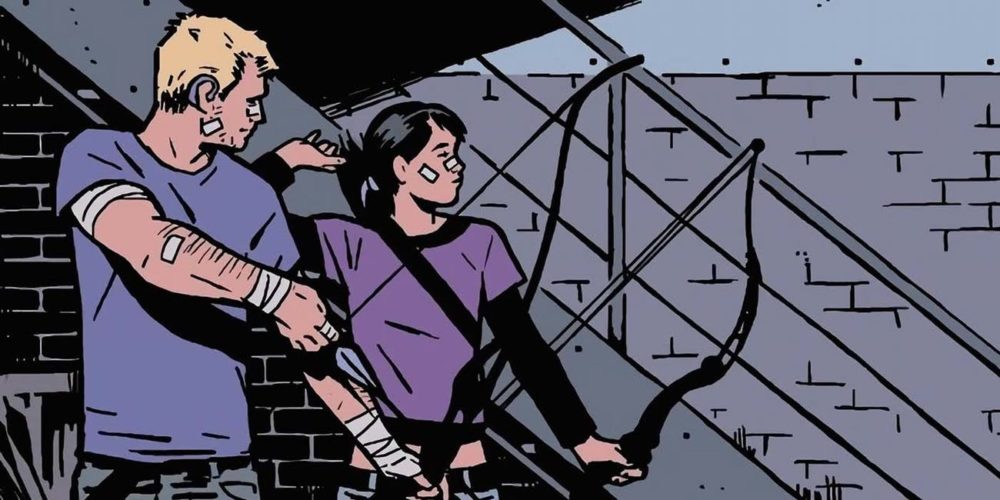
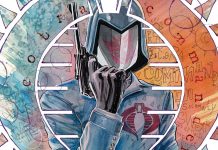

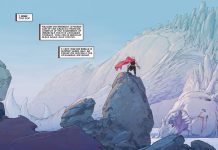



Nice.
Matt, a lot of your suppositions about Stan Lee writing after the Atlas implosion in 1957-59 is incorrect. The first year following the implosion Stan put books together using inventory. The inventory is from before the implosion and he wrote none of it except for teen material. When the pre-hero period started in mid 1958 Stan only wrote teen and western “character” stories (Two-Gun Kid, Kid Colt). The science fiction was not written by Stan. The first 9 months or so the stories were orphaned scripts from early 1957 by writers like Carl Wessler and others. The monster stories that came after were likewise “not” written by Stan. If they were, they’d have been signed. They weren’t. Larry Lieber gets the credit these days but that credit only appeared within the last 20 years. Before that, no mention of Larry was ever uttered by anyone. The Kirby monster stories, I’d bet were primarily plotted by Kirby himself with Larry’s dialogue. if you want to get an actual picture of Stan’s pre-Fantastic Four writing, go to this piece I wrote last year. It’s long but you can scroll past all the images and get to 1957 easily. I’ve taken all the guesswork out of it.
https://timely-atlas-comics.blogspot.com/2018/12/stan-lee-1922-2018-timely-years.html
Doc V.
Michael, thanks for the feedback. I guess wasn’t clear enough, I didn’t mean to imply that Lee wrote the whole line from 1957 and 1968. I was only referencing that those were the years when the publisher’s distribution was limited to 8 titles, I’m aware Lee wasn’t writing the entire line all of those 11 years.
Something like the Marvel method was used by Simon and Kirby long before it was usurped by Marvel. Check your comics history.
Michael Shipley, I linked to this article by Brian Cronin where I wrote that Kirby and Ditko played important roles in the origin of the Marvel Method:
https://www.cbr.com/steve-ditko-stan-lee-marvel-method/
That article explains that Kirby would plot and draw stories, and Simon would script them. If that’s what you’re referring to, I consider that to be very different from the writer giving a plot to an artist to expand into a full comic that the writer adds words over.
Besides, I never say Lee invented the Marvel Method, only that it became widely associated with him.
Matt, what I write below only pertains to silver-age Marvel. Nothing about the later years you address, which I know nothing about.
What’s missing in the thrust of the silver-age “Marvel Method” explanation is the idea of what Stan gave to Kirby and/or Ditko. The traditional explanation is Stan gave them a plot, they expanded and broke down the plot to a full story, and Stan at the end put in the dialogue. This is not what generally happened. Stan may have said that often enough but he also said sometimes he’d give a single line (not a plot at all) or that often the artists themselves came up with the plots. In actuality, both Kirby and Ditko were plot machines. Kirby had been writing his own stories for decades in the superhero and science fiction genre. Stan was not. He wrote no science fiction and he had not written a super hero story since he was 18 years old, before he entered the service in 1942. The Fantastic Four was a combination of science fiction and super heroes. Fully in line with Jack’s career oeuvre, not Stan’s. He was a dialogue writer after the book was plotted by the artist in pictures, with copious margin notes with rudimentary dialogue already in place. This can all be see on the sides of the original art boards. Stan’s largest body of work in comics, other than being editor in chief for Timely-Atlas for 2 decades prior to FF #1, was in humorous Teen books like Millie the Model and My Friend Irma. They were smart-alecky, wise-cracking, dumb- blonde jokes comic books. They were, in fact, very funny, and he was very good at it. But that was what Stan brought to the new Marvel line in 1961.Yes they most certainly talked stuff over on occasion and Stan certainly made his suggestions on occasion, but most of the time Stan had no idea what was coming in with each issue. That’s how dependent he was on Jack and then Steve, during the prime years Ditko finally received plotting credit in Spider-Man and Dr. Strange. The sum here is that Jack and Steve were doing 75% of the heavy lifting, yet characterized in screeds like “The Origins of Marvel Comics” as mere hands to draw Stan’s stories. That’s blatant hogwash. So the “Marvel Method” of writing is created as a way for Stan to say that he wrote all the books that way because it was the most expedient way to work. But it still credits him as the “writer”, just that he didn’t write actual scripts. It’s a trick to get writing credit when your artists were doing the actual plotting.
Michael Vassallo, I completely agree that Stan Lee’s contributions are usually greatly exagerated, especially in pop culture. In one draft I actually included that Stan Lee “wrote” issues in quotations to suggest he shouldn’t be credited as the sole writer. But I still believe Stan Lee played a significant role in many of the Marvel comics, especially in the first few years following Fantastic Four #1. A few reasons I think so:
Lee’s collaborations with Lee and Ditko are responsible for, at least in my opinion, the highlights of all their careers
You mention Lee’s writing on teen books. I’m sure that played a huge role in the development of Spider-Man rather than Ditko’s sensibilities, which suggest that Lee’s role was larger than writing dialogue, at least in that case.
The captions and dialogue were so heavyhanded back then that they had a considerable effect on the plot and themes of those comics.
I stressed that his contributions diminished, with the example of his half-page plots. I wrote that you can see from them that the artist is responsible for a lot of the story, and it’s possible to know exactly how significant the contributions were. I don’t know what else I could have done without making it an opinion piece, which it isn’t.
This article isn’t about who deserves the credit. It’s about a style of making comic books, and how it’s progressed over the years.
Stan did fill the important role of editor for Kirby and Ditko. When they were on their own, editing their own books and writing their own dialogue, the result was a chaotic mess. They were plot machines, but they had trouble telling their good ideas from their bad ones. Even Kirby’s acclaimed Fourth World books are wildly uneven and inconsistent.
Kirby did his best and most popular work when paired with a writer-editor who had savvy commercial instincts: first Joe Simon (from 1940 to 1955), then Stan Lee (1959 to 1970). Simon and Lee channeled Kirby’s GOOD ideas into comics that sold.
Before FF No. 1, Stan Lee had not had much success with superheroes. He had presided over the failed revivals of Cap, the Torch and Namor in the mid-’50s. What he did have success with was romance and humor books. He brought those elements into Marvel’s superhero comics. (Kirby said he would have preferred to draw Rawhide Kid.)
IMO, Kirby’s best work was on the crime, romance and horror comics that he and Simon did for Prize Comics in the late ’40s and early ’50s. Many fans have never read those comics because, you know, they’re not about superheroes.
Did you ever notice how Kirby edited most of his own work after his experience with Marvel? There was a reason for that! Could he have used an editor to get more clarity in the stories being told? Probably, but not getting credit for creating characters, concepts, and plotting most of the stories thru 1970 went a long way to his making sure it wouldn’t happen again. By being his own editor there was no one else to take credit for what he created.
Comments are closed.